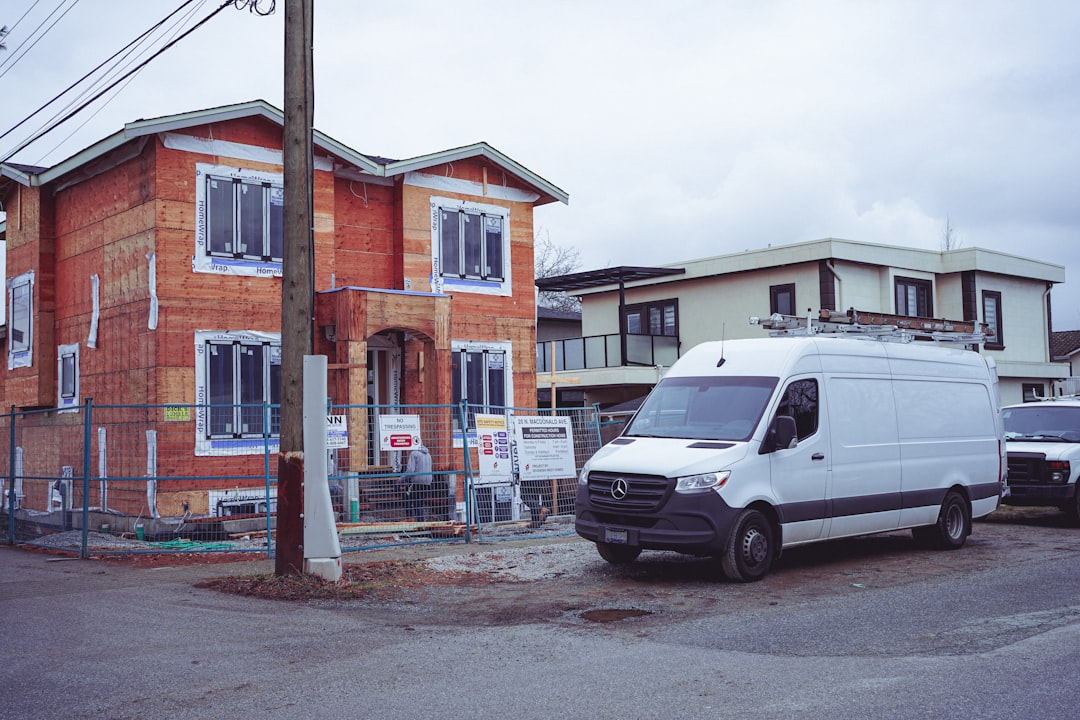
Central vacuum systems offer a significant upgrade for residential properties, enhancing air quality and increasing property value. For construction professionals, understanding the cost implications is crucial. Installation costs typically range from $1.80 to $3.25 per square foot, translating to approximately $4,300 to $7,800 for a 2,400 sq ft home. Factors such as layout complexity and regional labor rates can influence these figures.
For a 2,400 sq ft single-family home, expect a budget of $4,300 to $7,800. Larger homes or retrofits may incur higher costs, while new constructions often benefit from lower rates.
Labor costs vary by region, affecting overall project expenses. Utilize platforms that provide real-time labor indices to ensure accurate estimates.
1. Voice-to-Estimate Intake – Use AI to transcribe project details.
2. Blueprint Takeoff – Upload plans for instant material lists.
3. Real-Time Cost Database – Access updated supplier pricing.
4. Labor Mapping – Apply productivity factors for precise labor costs.
5. One-Click Quote – Generate proposals quickly and efficiently.
While DIY installations are possible, professional services ensure optimal performance and fewer callbacks. Use calibrated tools to verify system integrity.
Consider financing options such as construction mortgages or home-improvement lines of credit to manage costs effectively.
Visit CountBricks.com to start your estimate. Upload your plans and receive a detailed cost breakdown tailored to your project needs.

Maple Grove Builders utilized advanced estimating tools for a 3,100 sq ft craftsman home. By leveraging AI, they quickly generated a detailed proposal, saving time and ensuring accuracy.
Key Project Details:
Explore more at CountBricks.com and start your next project with confidence.